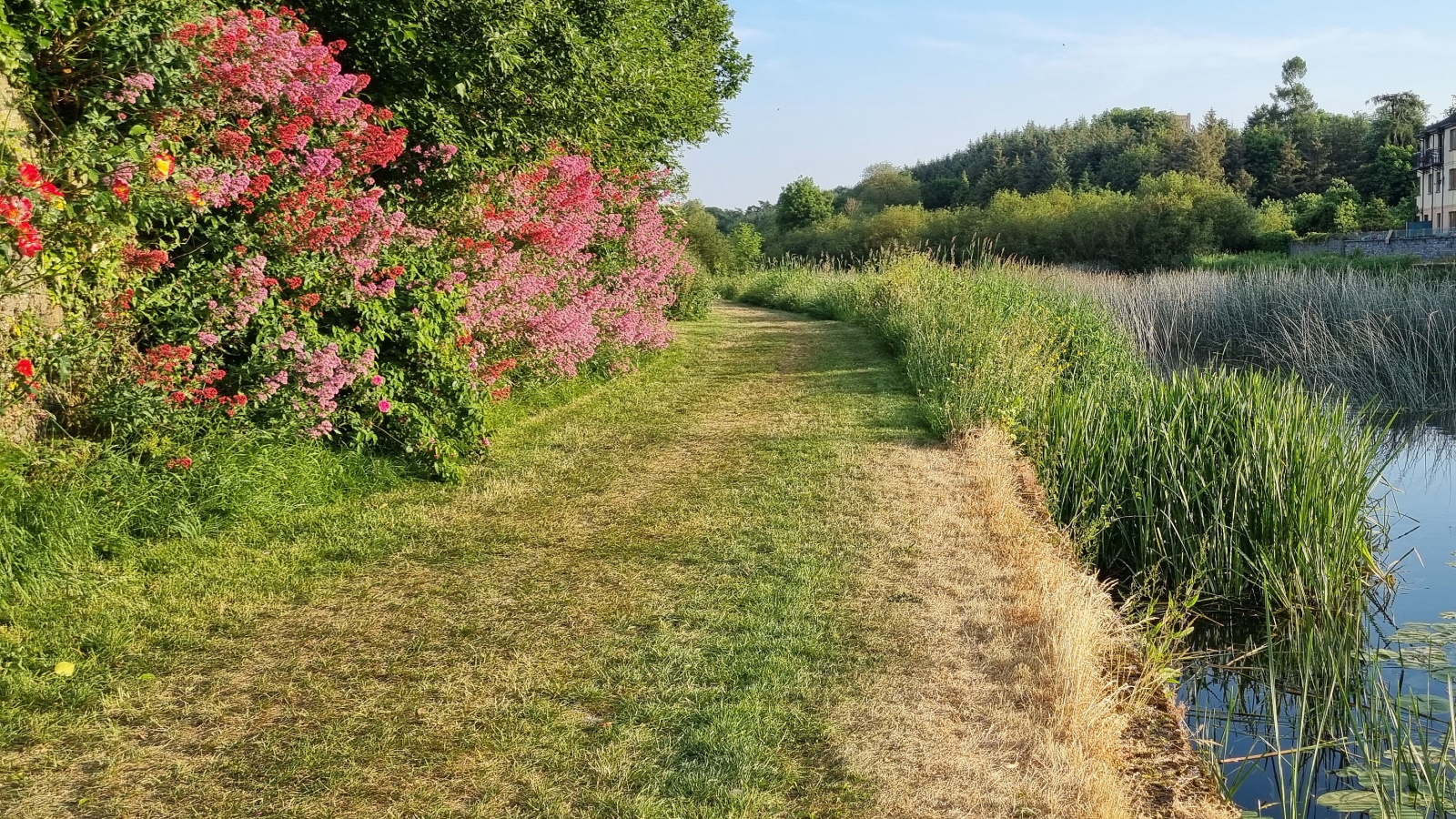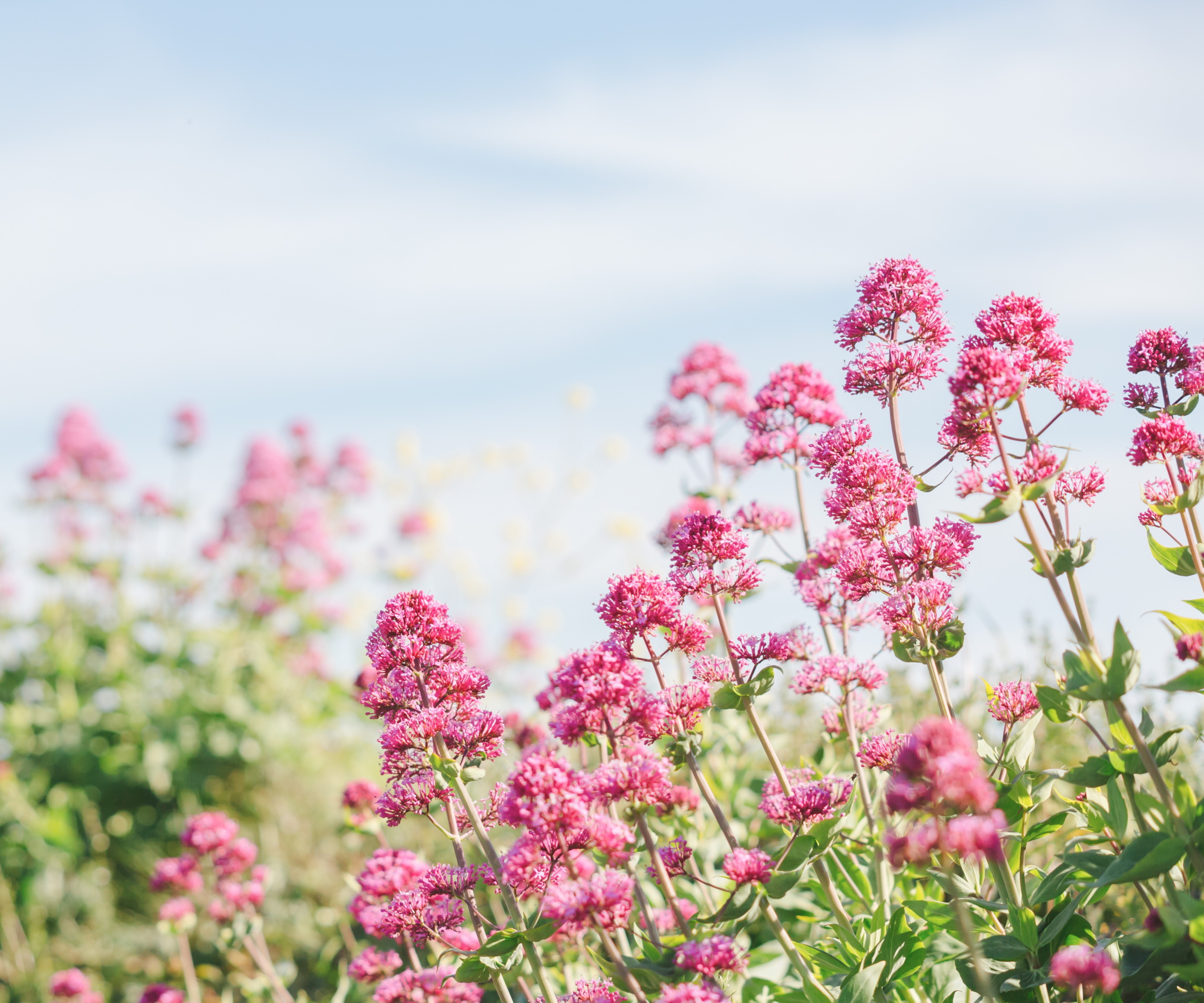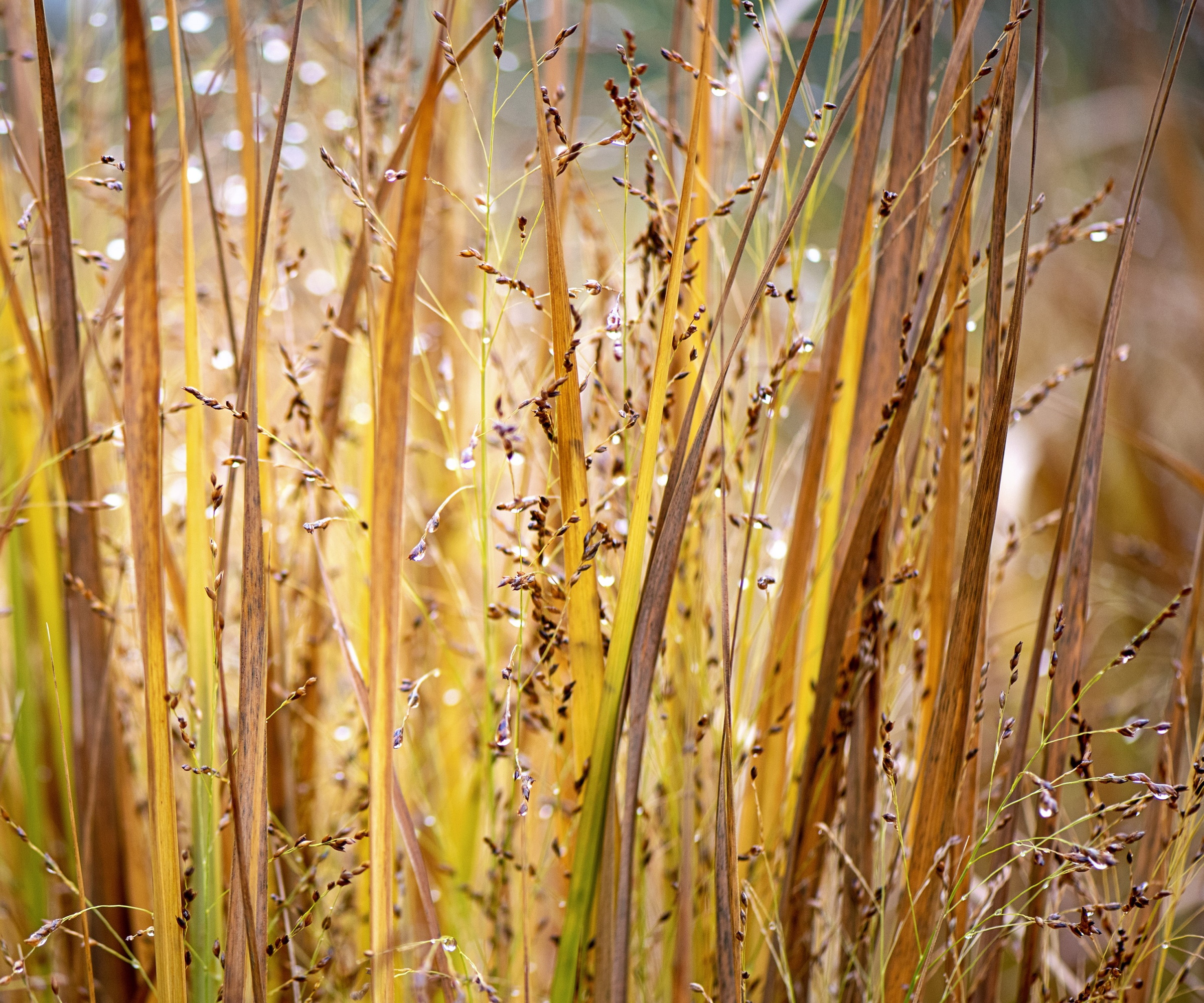
Wild and unpredictable weather is hard to contend with as a gardener. This year has seen flooding followed by searing sun and high temperatures, often within a matter of weeks. Across the US, extreme weather patterns seem to occur all too often, with states like Iowa and South Dakota experiencing dangerous and deadly flooding, while New Mexico and California battle heatwaves and wildfires.
For plants, adapting to such weather fluctuations is undeniably a challenge, and in many regions, prolonged periods of rain can be followed by months of drought. While plants can tolerate much change in the weather, even for the most resilient plants, this can be a tough ask.
Working as a gardener myself, I have had to contend with unpredictable weather for much of my professional career. Fortunately, many types of perennials, typically referred to as ditch plants, exhibit an incredible amount of resilience, growing happily in any place and any weather. Ditch plants are versatile and hardy, so named for growing in tough terrains, along the roadside, on grass verges and in ditches. So, if you are looking for drought-tolerant planting ideas and flood-resistant plants, these invincible perennials can help to future-proof your yard.

What are ditch plants?
Ditch plants are those that can thrive in challenging circumstances. Surviving icy winters and long, dry summers, ditch plants can be relied upon to keep growing and blooming despite an uncertain and fluctuating climate.
As a gardener, I have found that the most resilient planting is that which produces deep root networks. This is an evolutionary adaption that allows the plant to access reserves of water far below surface level. In times of drought, access to water deep underground is crucial for plant survival.
Importantly, native plants with deep roots will be able to go without rain for far longer than many short-rooted annuals or perennials. At a time when resource management and water conservation are both a concern, incorporating native perennials that can thrive without watering or fertilizing is important.
While we might want to grow exciting or unusual plants, it is often a good idea to seek plant inspiration closer to home. For plants that are hardy, tolerant, and thrive in your region, do some research in the local area. It might not be glamorous, but those plants that thrive on roadside verges or near train tracks are resilient and low-maintenance, and will typically have deep roots and be able to survive any climatic challenges.
Shop starter plants
Verbena Bonariensis is hard to beat. This attractive perennial can handle the heat and cold winters. What's more, pollinators love this plant.
Black eyed susan, Rudbeckia Goldsturmis, a reliable perennial, returning year after year with golden-yellow blooms with dark centers.
Salvia 'Pink Majesty' is a beautiful perennial with striking pink flowers. These starter plants will grow quickly and fill your borders.
Ditch planting ideas

'Native ornamental grasses are hardy and versatile, and are a great addition to any garden,' says Maya Argaman, native plant expert and Horticulture Senior Program Coordinator at the California Native Plant Society.
'Grasses have a high wildlife value and are also resilient, tolerating a variety of soil types and sun exposures,' Maya adds. Consider incorporating some California native planting in your yard, such as panicum grasses that can tolerate high heat. Muhlenbergia is another native grass that can also tolerate extreme weather patterns.
One undeniably invincible plant is valerian, Centranthus ruber, seen growing happily along train tracks near where I live in London. The white flowering Centranthus ruber 'Alba' is one variety I grew when working in a garden in southern Tuscany, and regardless of the weather, this plant will keep coming back. Native to the Mediterranean region, if ever a plant deserved the 'ditch plant' label, it would be valerian.
For more inspiration, I would recommend considering prairie planting, meaning any planting that thrives in the grasslands of the American Midwest. Learning how to grow verbena, for example, is a good idea if you are seeking a low-maintenance and resilient plant from the prairies.
'The native Verbena hastata, or blue vervain is a hardy and resilient perennial,' says Ali McEnhill, plant expert and owner of the Old Dairy Nursery in the Hudson Valley.
'With attractive purple-blue flowers, this North American native is a versatile plant that can survive freezing winters even in the far north,' Ali adds. Blue vervain can be grown in 'damp, moist meadows or in sunny, dry fields,' making it an ideal choice for regions experiencing extreme weather fluctuations.
FAQs
What is a colorful, vibrant ditch plant to grow?
Daylilies have striking flowers that bloom in a range of colors. Native to Asia, daylilies are brilliant bloomers, if a little vigorous. While each flower will only open for a single day, each plant will produce a mass of blooms across the summer. Daylilies, or Hemerocallis, can tolerate almost any soil conditions and weather conditions. Be warned, however, they tend to become invasive if not kept in check.
Using planting that can tolerate fluctuating weather patterns is sensible, and will help you to keep your garden looking good whatever the conditions. For more garden design ideas, see our guide on what is a rain garden, helping to create an attractive flood-resistant space in your yard.







